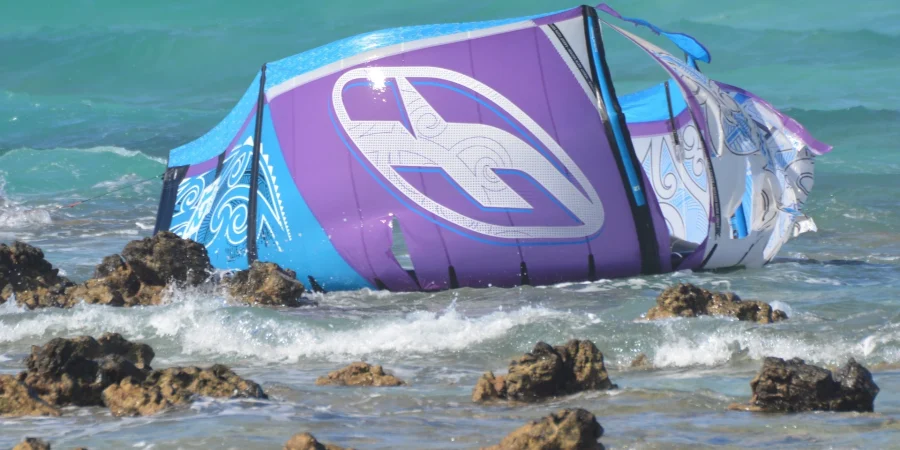Kitesurfing can be an expensive sport, but the overall cost will depend on various factors, including the quality of equipment you choose, the location where you practice, and the frequency of your kitesurfing activities. Here are some key expenses to consider:
1. Kiteboarding Gear: The most significant upfront expense is purchasing the kiteboarding gear, which typically includes a kite, control bar, lines, harness, board, and safety equipment. Brand new gear can range from €1,500 to €3,000 or more. However, you may find more affordable options by buying used equipment or opting for previous model years.
2. Lessons: As mentioned earlier, taking lessons with a certified instructor is crucial for learning kitesurfing safely and efficiently. While this is an initial expense, it’s an essential investment in your skill development and safety. The cost of lessons can vary depending on the location and the length of the course, but it may range from €300 to €800 or more for beginner lessons.
3. Travel and Accommodation: If you need to travel to a kitesurfing destination, you’ll need to factor in travel expenses, such as flights or transportation, and accommodation costs. Popular kitesurfing spots can be expensive during peak seasons.
4. Maintenance and Repairs: Like any sport, kitesurfing equipment requires regular maintenance, such as replacing worn-out lines or repairing kites. Maintenance costs can add up over time.
5. Insurance: Some kitesurfers choose to have insurance to cover potential damages or accidents, especially if they own expensive gear or plan to kitesurf in locations with limited rescue services.
6. Additional Gear and Accessories: Depending on your preferences and the conditions in which you kitesurf, you may need additional gear like wetsuits, booties, helmets, impact vests, and other accessories, which can contribute to the overall cost.
7. Storage and Transportation: If you own your gear, you’ll need to consider storage and transportation costs, especially if you don’t live near a suitable kitesurfing spot.
While kitesurfing can have significant upfront costs, it’s important to remember that, once you have the equipment, ongoing expenses can be relatively minimal. With proper care and maintenance, your gear can last for several years.
It’s worth noting that some kitesurfers find ways to reduce costs, such as buying used gear, sharing equipment with friends, or taking advantage of discounts and sales. Additionally, many people consider the exhilarating experience and joy of kitesurfing to be well worth the investment.


Leave a Reply